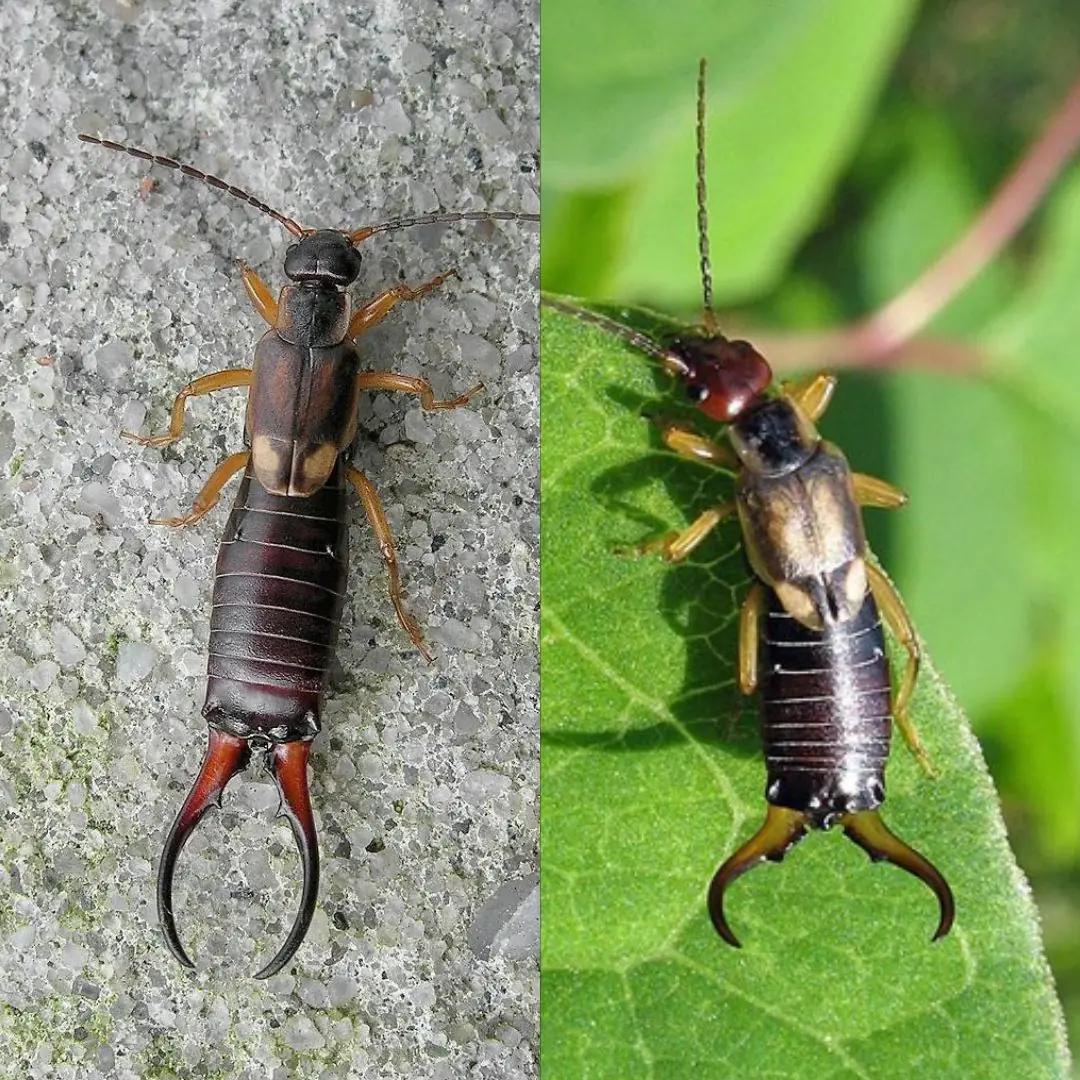
Pluto’s Secret Revealed: The Heart-Shaped World at the Edge of Our Solar System
When the New Horizons spacecraft flew by Pluto in 2015, it unveiled one of the most captivating mysteries in our solar system: a massive, heart-shaped feature that transformed our understanding of this distant world. What scientists discovered beneath this iconic formation has revolutionized planetary science and revealed Pluto as far more dynamic and complex than anyone imagined.
Table of Contents
The Discovery That Changed Everything
The heart-shaped region, officially named Tombaugh Regio after Pluto’s discoverer Clyde Tombaugh, spans approximately 1,000 miles across Pluto’s surface. This distinctive feature immediately captured public attention, but its scientific significance extends far beyond its romantic appearance. The western lobe, called Sputnik Planitia, contains what appears to be a vast plain of nitrogen ice that behaves unlike anything else in the outer solar system.
Initial analysis revealed that this nitrogen ice plain sits within a massive impact basin, likely formed when an asteroid or comet struck Pluto billions of years ago. However, the more scientists studied the data, the more extraordinary the discoveries became. The ice within Sputnik Planitia shows evidence of active convection, creating a constantly churning surface that renews itself approximately every 500,000 years.
The Subsurface Ocean Mystery
Perhaps the most groundbreaking revelation involves what lies beneath Pluto’s icy heart. Computer models and gravitational data from New Horizons suggest the presence of a subsurface liquid water ocean, potentially containing more water than all of Earth’s oceans combined. This hidden ocean likely exists between Pluto’s rocky core and its outer ice shell, maintained by radioactive decay and tidal heating from Pluto’s moon Charon.
The existence of this subsurface ocean fundamentally changes how we view Pluto’s classification and potential for harboring life. While surface temperatures plummet to minus 375 degrees Fahrenheit, the subsurface environment could maintain liquid conditions suitable for basic biochemical processes.
Research published in the journal Nature indicates that the nitrogen ice loading in Sputnik Planitia creates enough mass to influence Pluto’s orientation relative to Charon. This gravitational interaction may have caused Pluto to reorient itself over millions of years, positioning the heart-shaped feature to face directly toward its largest moon.
Active Geology on a Frozen World
Contrary to expectations for such a small, distant object, Pluto exhibits remarkably active geology. The heart region shows evidence of ongoing processes that continue reshaping the surface. Convection cells within the nitrogen ice create polygonal patterns similar to those found in Earth’s polar regions, but on a much larger scale.
The eastern portion of the heart, called Cthulhu Macula, displays entirely different characteristics. This region appears much darker and older, possibly representing Pluto’s original crust material. The stark contrast between the two lobes of the heart-shaped feature suggests different geological processes operating across relatively small distances.
Nitrogen glaciers flow from the elevated terrain into Sputnik Planitia, creating features reminiscent of terrestrial glacial systems. These flows demonstrate that even at Pluto’s extreme distance from the Sun, sufficient energy exists to drive large-scale geological processes.

Atmospheric Dynamics and Seasonal Changes
Pluto’s thin atmosphere, composed primarily of nitrogen with traces of methane and carbon monoxide, interacts dynamically with the heart-shaped region. Seasonal variations, driven by Pluto’s highly elliptical 248-year orbit, cause dramatic atmospheric changes. When Pluto moves closer to the Sun, nitrogen ice sublimates from Sputnik Planitia, thickening the atmosphere and creating weather patterns.
Computer simulations reveal that winds generated by temperature differences between the bright heart region and darker surrounding terrain can reach speeds of 20 miles per hour. These winds transport particles and influence the distribution of materials across Pluto’s surface, contributing to the ongoing evolution of its landscape.
The heart region acts as a cold trap during certain orbital phases, causing atmospheric nitrogen to condense and accumulate as ice. This cyclical process helps explain the concentration of volatile materials within Sputnik Planitia and contributes to the region’s unique properties.
Formation Theories and Timeline
Scientists have developed several theories to explain how Pluto’s heart-shaped feature formed and evolved. The most widely accepted model involves a large impact event that occurred relatively early in Pluto’s history, creating the basin that now contains Sputnik Planitia. However, the timing and mechanics of this impact remain subjects of ongoing research.
Some researchers propose that the impact occurred after Pluto and Charon formed their current gravitational relationship, while others suggest it happened earlier and influenced the development of the Pluto-Charon system. The presence of the subsurface ocean complicates these models, as liquid water would have affected how the impact basin evolved over time.
The accumulation of nitrogen ice within the basin likely occurred gradually over millions of years, with materials migrating from other regions of Pluto’s surface. This process continues today, making Sputnik Planitia one of the youngest surfaces in the outer solar system despite Pluto’s ancient age.
Implications for Astrobiology
While Pluto’s surface environment appears inhospitable to known forms of life, the potential subsurface ocean raises intriguing astrobiological possibilities. Similar subsurface oceans on Jupiter’s moon Europa and Saturn’s moon Enceladus are considered prime targets in the search for extraterrestrial life.
Pluto’s subsurface ocean could contain dissolved salts and organic compounds, providing the basic ingredients necessary for biochemical processes. The interaction between liquid water and Pluto’s rocky core might create hydrothermal environments similar to those that support unique ecosystems on Earth’s ocean floor.
However, the extreme cold and isolation of Pluto’s system present significant challenges for any potential life forms. Unlike the jovian and saturnian moons, Pluto lacks a massive planet’s gravitational influence to maintain tidal heating over geological timescales.
Future Exploration Possibilities
The success of the New Horizons mission has inspired proposals for future Pluto exploration. Concepts include orbital missions that would provide long-term observations of seasonal changes and potential lander missions to study the heart region directly. Advanced propulsion technologies could reduce travel times to the outer solar system, making more ambitious missions feasible.
A Pluto orbiter could monitor the convection patterns in Sputnik Planitia over extended periods, providing insights into the subsurface ocean’s properties and dynamics. Such observations would help determine whether the ocean maintains stable conditions over geological timescales.
Sample return missions, while technically challenging, could provide definitive answers about Pluto’s composition and potential for past or present biological activity. Analysis of materials from the heart region could reveal the chemical processes operating within the subsurface ocean.
Conclusion
Pluto’s heart-shaped feature represents far more than a cosmic coincidence or aesthetic curiosity. This remarkable region has revealed Pluto as an active, dynamic world with complex geology, atmospheric processes, and potentially habitable subsurface environments. The discoveries made through studying this iconic feature have transformed our understanding of small planetary bodies and expanded the definition of potentially habitable worlds in our solar system.
As we continue to analyze data from New Horizons and develop new technologies for outer solar system exploration, Pluto’s heart will undoubtedly yield additional secrets. This distant world, once considered a simple frozen rock, has proven that even the most remote corners of our solar system can surprise us with their complexity and beauty.
For the latest updates on planetary science discoveries and space exploration missions, stay connected with ongoing research that continues to reshape our cosmic perspective.
News in the same category


One Thing You Must Unplug During a Thunderstorm

Don't throw away sprouted potatoes, do it this way, the results are surprisingly good

Vietnam has a "miracle drug" that fights cancer and prolongs life. You can find it at the market

How You Make A Fist Shape Reveals a Lot
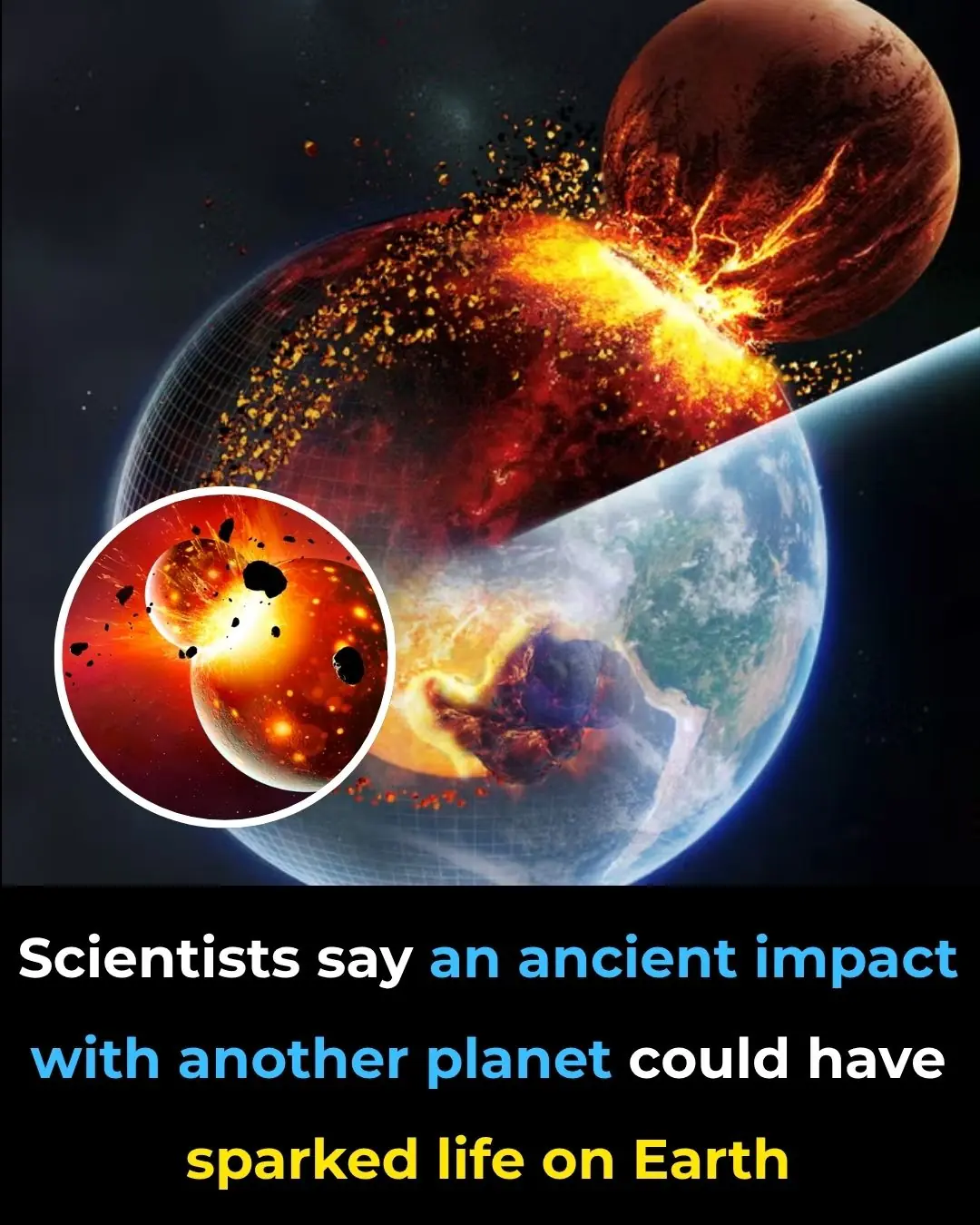
Scientists Say An Ancient Impact With Another Planet Could Have Sparked Life on Earth
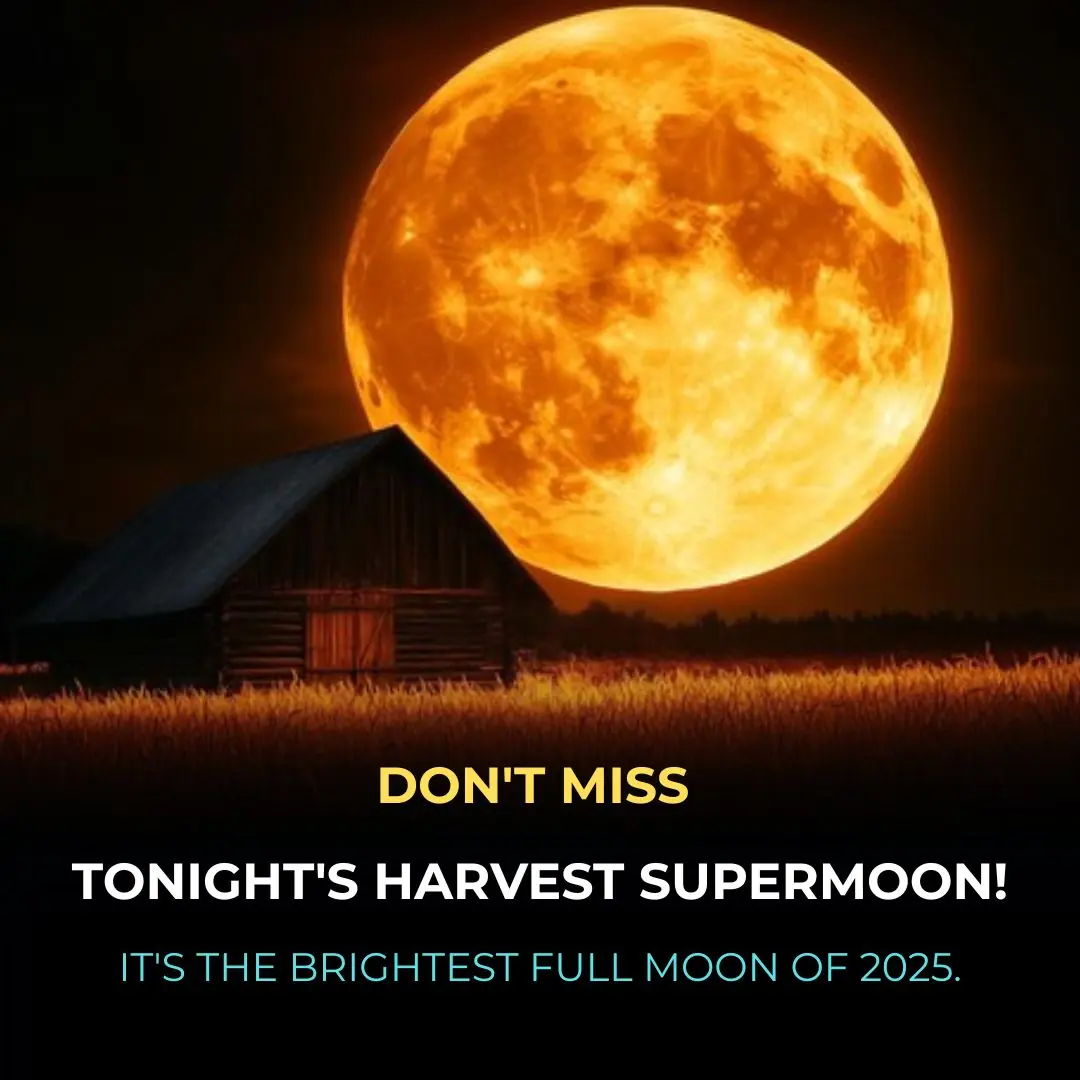
Prime views of the Andromeda Galaxy and Ceres—October 2
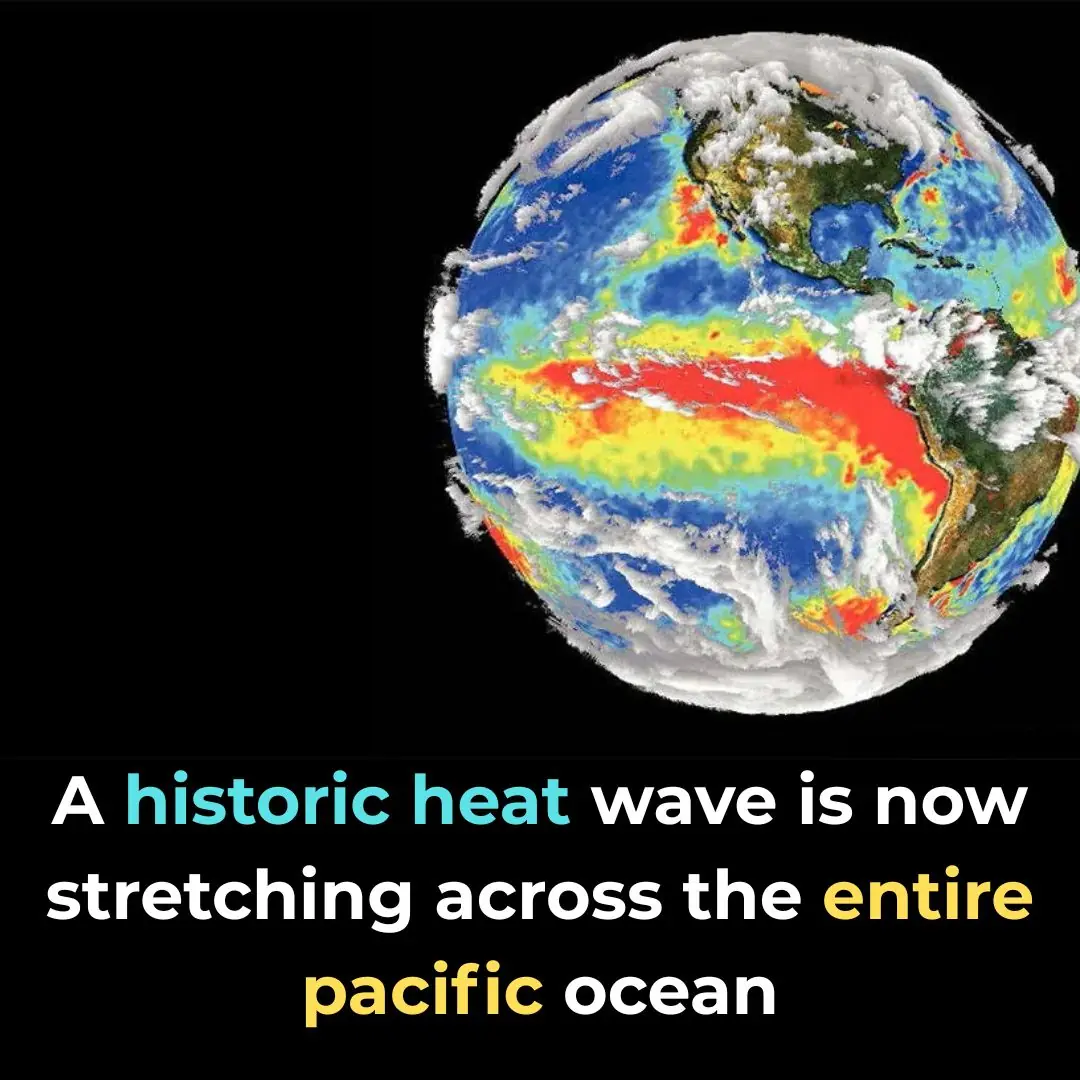
The Pacific Ocean Is Boiling: “The Blob” Marine Heatwave Returns Bigger and Hotter Than Ever
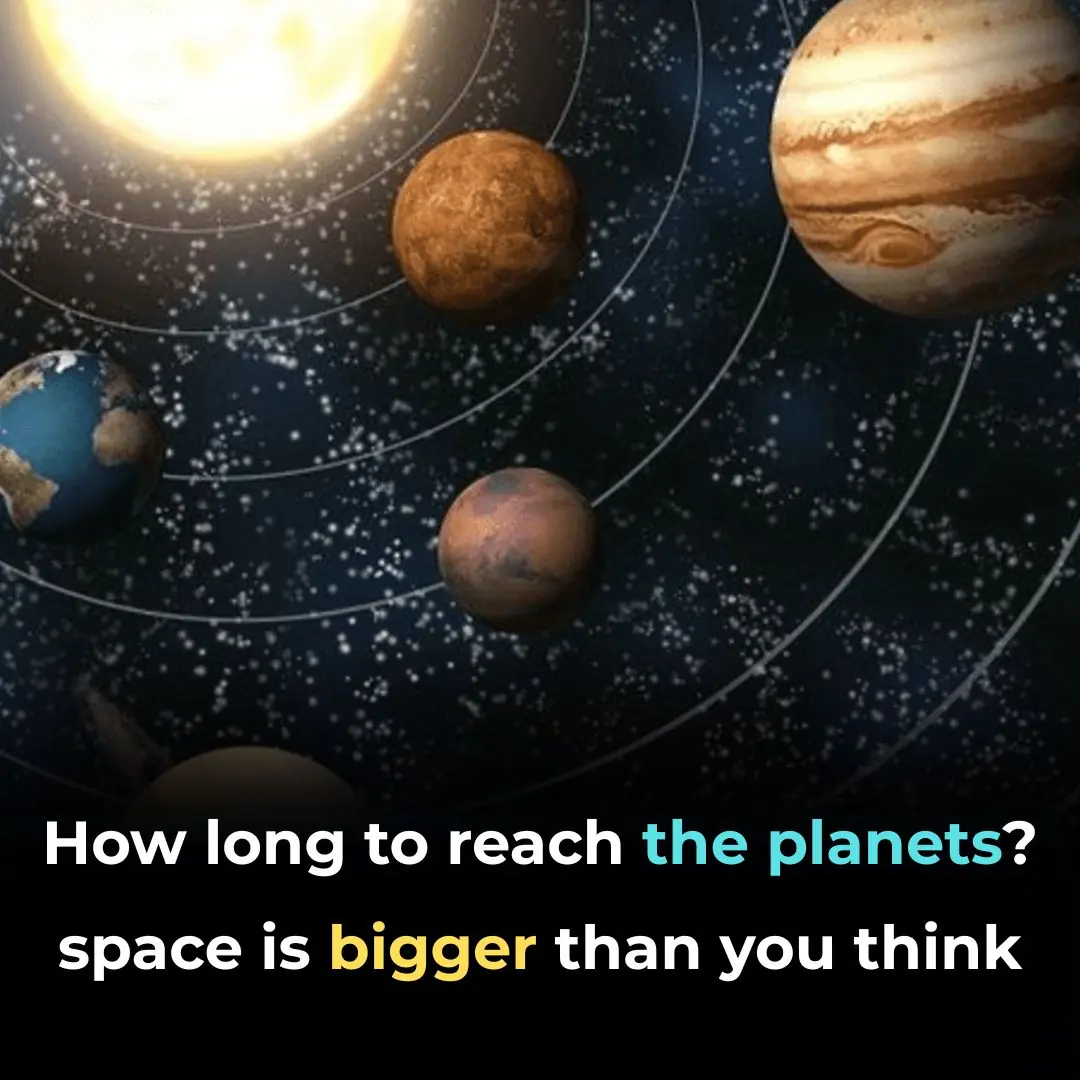
How long would a trip to every planet take? The Answer Will Bend Your Mind

Apple officially removes controversial ICE-tracking app from iPhone app store

YouTuber reveals what really happens when you break ChatGPT's ethical guidelines

The Mystery of the Milk Bottle Dent

Pick Your Robin

Elon Musk Urges Millions to Cancel Netflix as Boycott Gains Viral Momentum
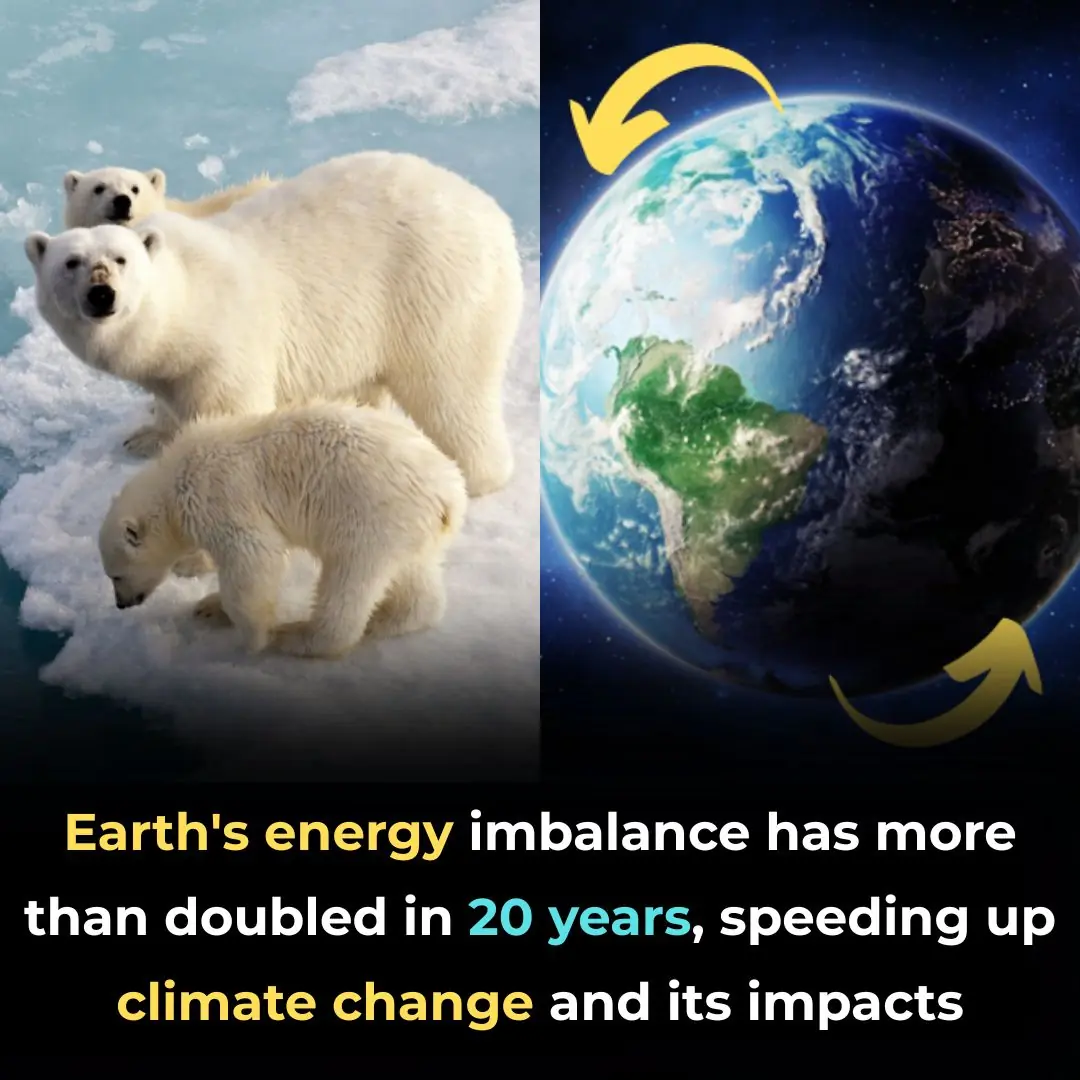
Earth’s Energy Imbalance Doubles Speeding Up Climate Change

15+ Things Women Find Unattractive in Men Over 50
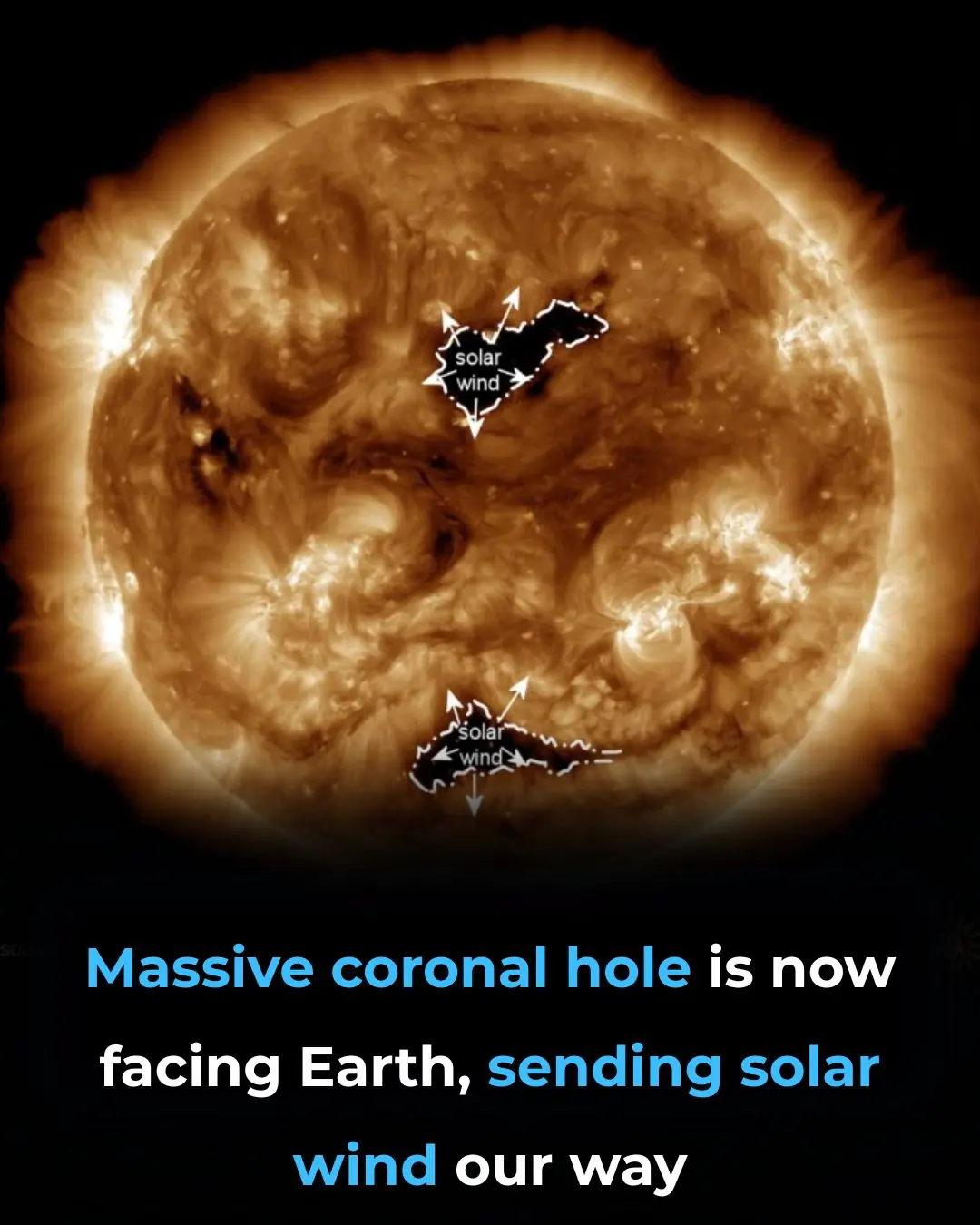
Strongest solar flare of 2025 erupts from sun, sparking radio blackouts across Europe, Asia and the Middle East (video)
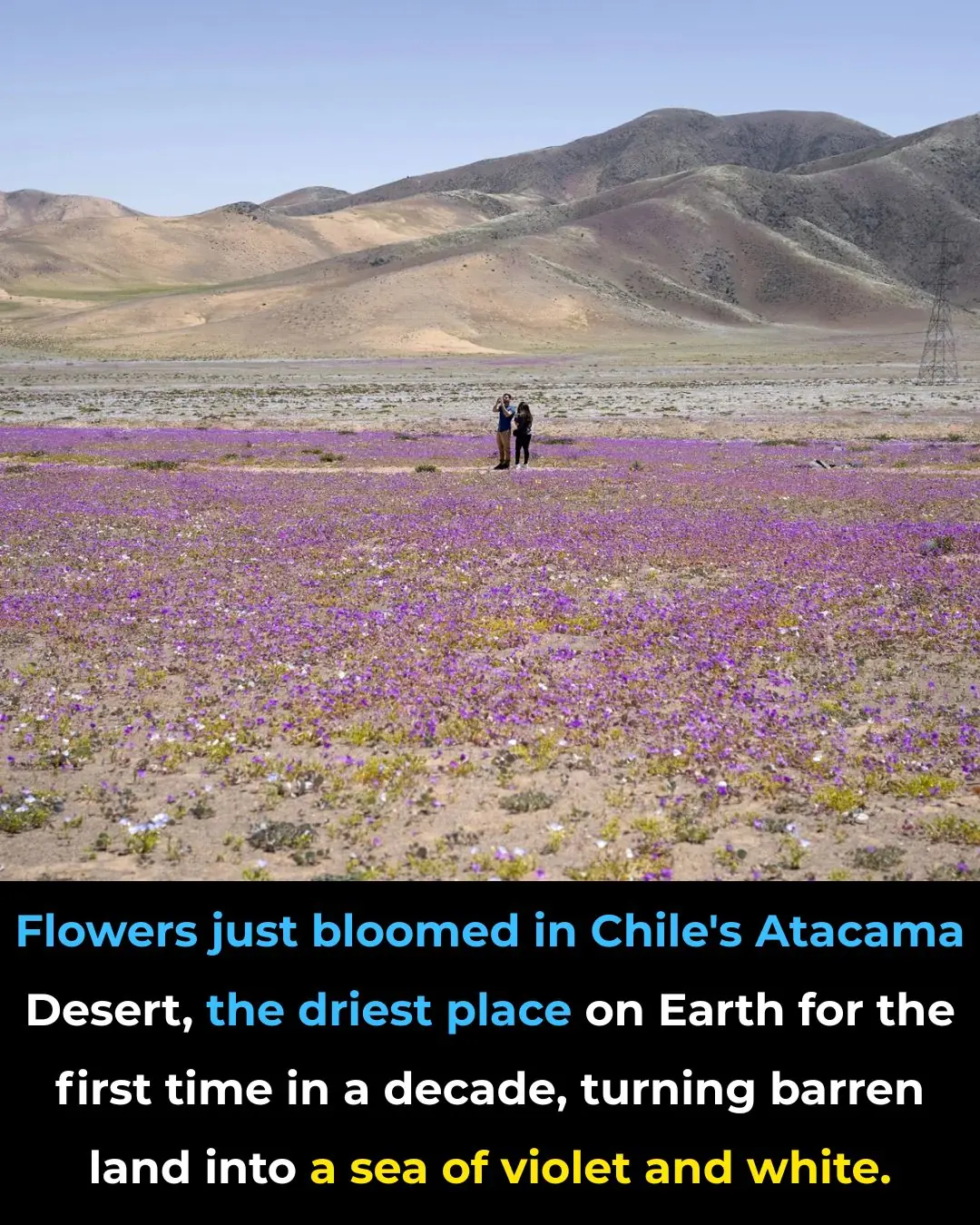
Why Driest Desert on Earth Sometimes Blooms? And What Secrets Revealed?
News Post

A Wheelchair to the World: A Mother’s Plea for Her Brave Son, Matwej

The Girl Who Refuses to Stop Fighting: Milenka’s Fourth Battle for Life

The Girl Who Struck Oil: The Remarkable Life of Sarah Rector.

The Forgotten Founders of Hockey — and the Hidden History of Black Canada.

The Heart of Alain Delon — The Movie Legend Who Chose Compassion Over Fame.

The Boy Who Cut the Wrong Lawn — and Inspired the Right Kind of Kindness.

The Saint of Bailovo: The Beggar Who Gave Everything Away.

A Mother’s Heart: The Elephant Who Came Back to Life for Her Calf.

The Man Who Gave Away His Last Coins — and Taught Me What True Richness Means.
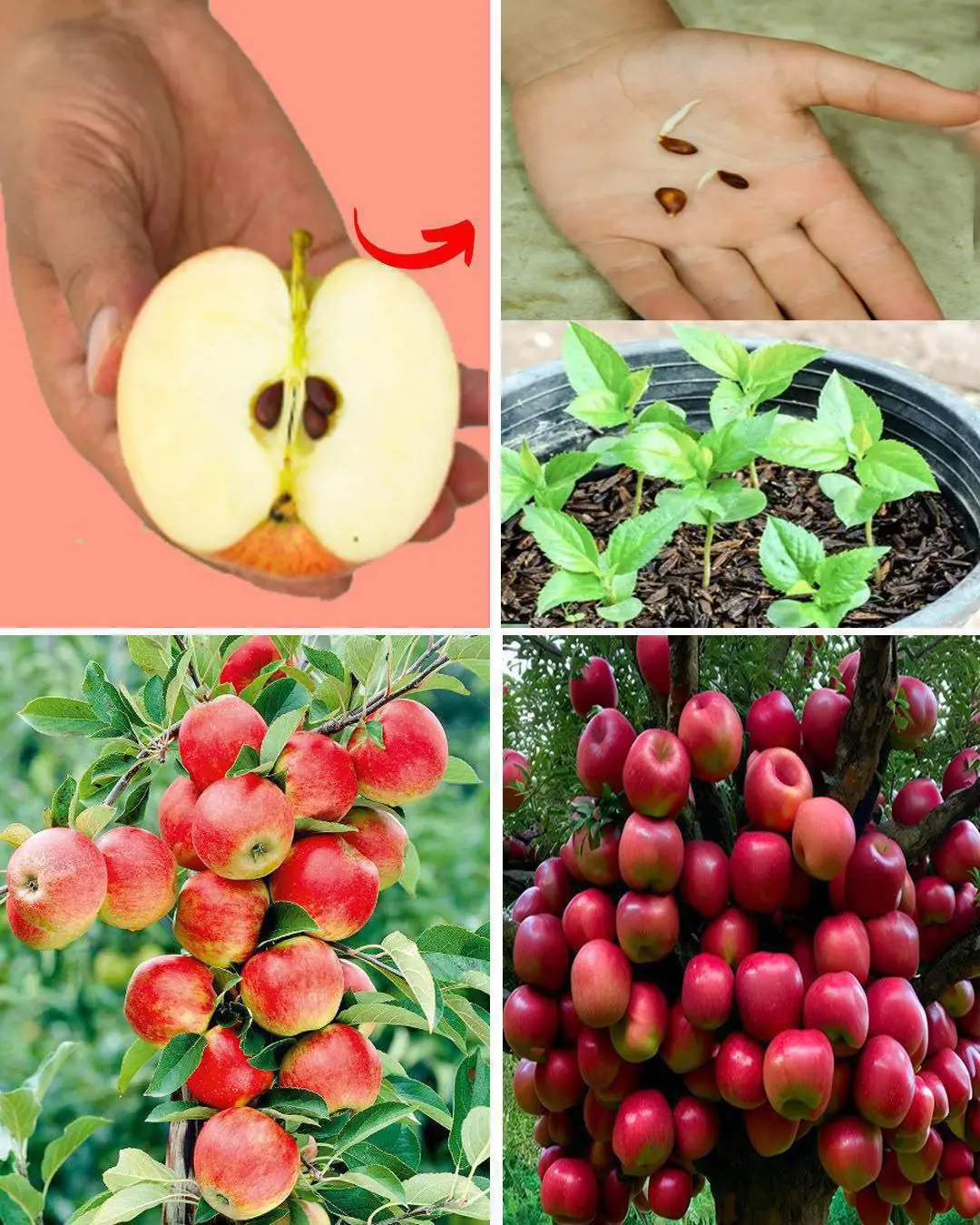
How to Grow an Apple Tree from SEED to FRUIT in 3 YEARS!

Basil flowers uses and benefits

Oregano: The Golden Herb for Eye Health
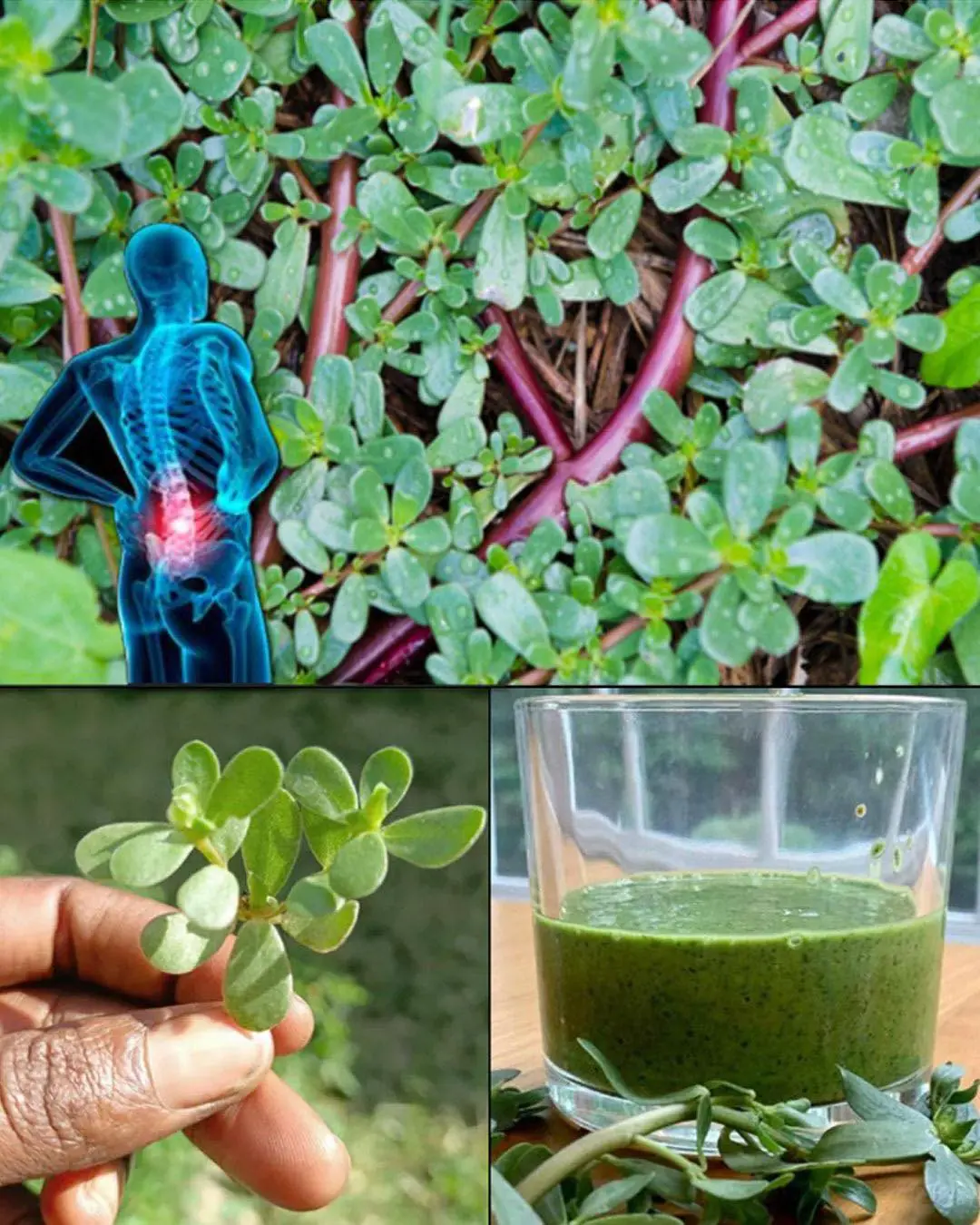
Purslane: The Superfood That Tastes Better Than Meat – 7 Reasons to Grow It in Your Garden

Crabgrass for Hair Loss: Natural Remedies and Uses

Cuban Oregano, Cloves & Turmeric: The Natural Remedy for Pain, Inflammation, and Immunity Boost
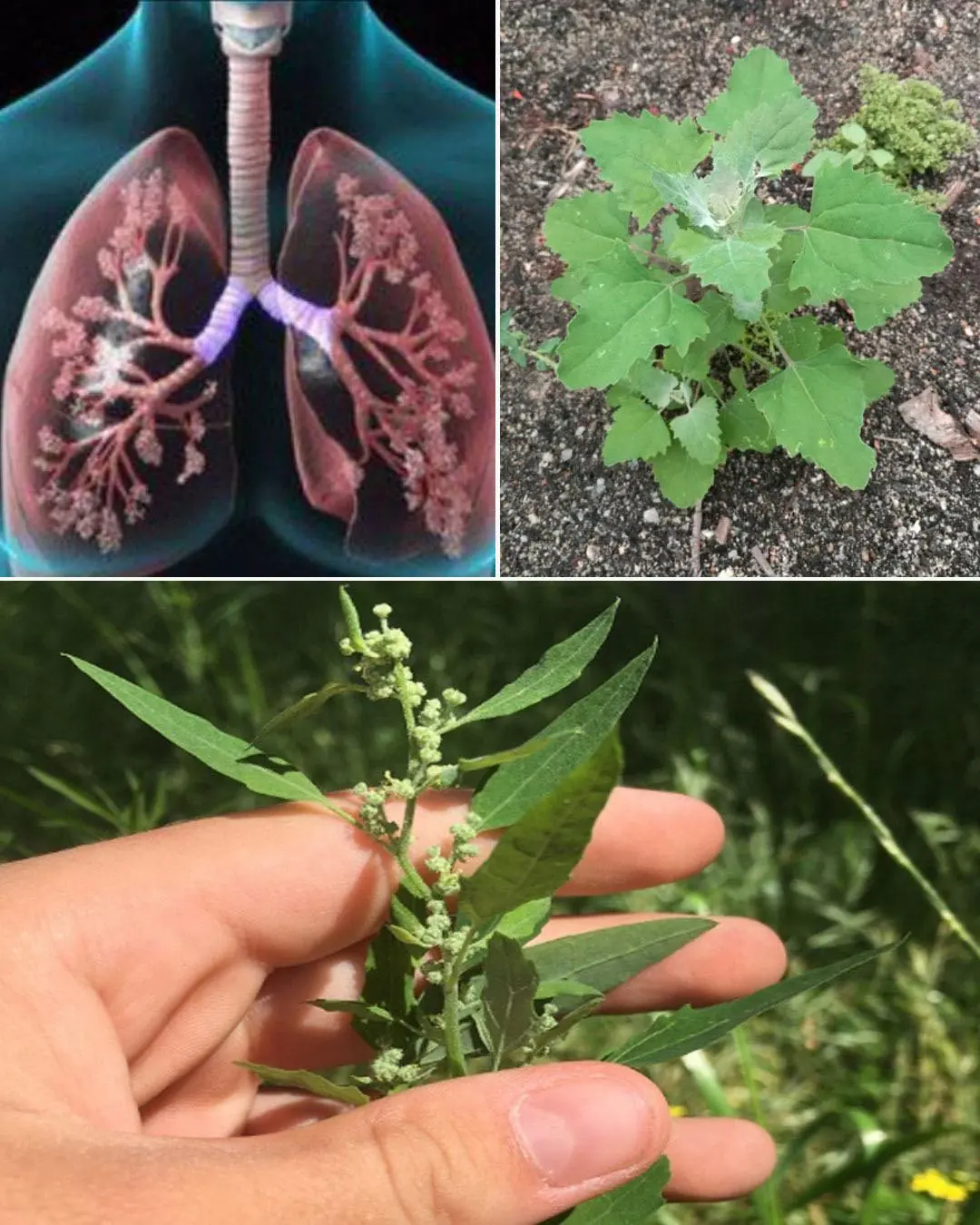
Lamb’s Quarters/Wild Spinach a superfood with health benefits

Crowfoot Grass Benefits: The Overlooked Weed With Powerful Healing Properties
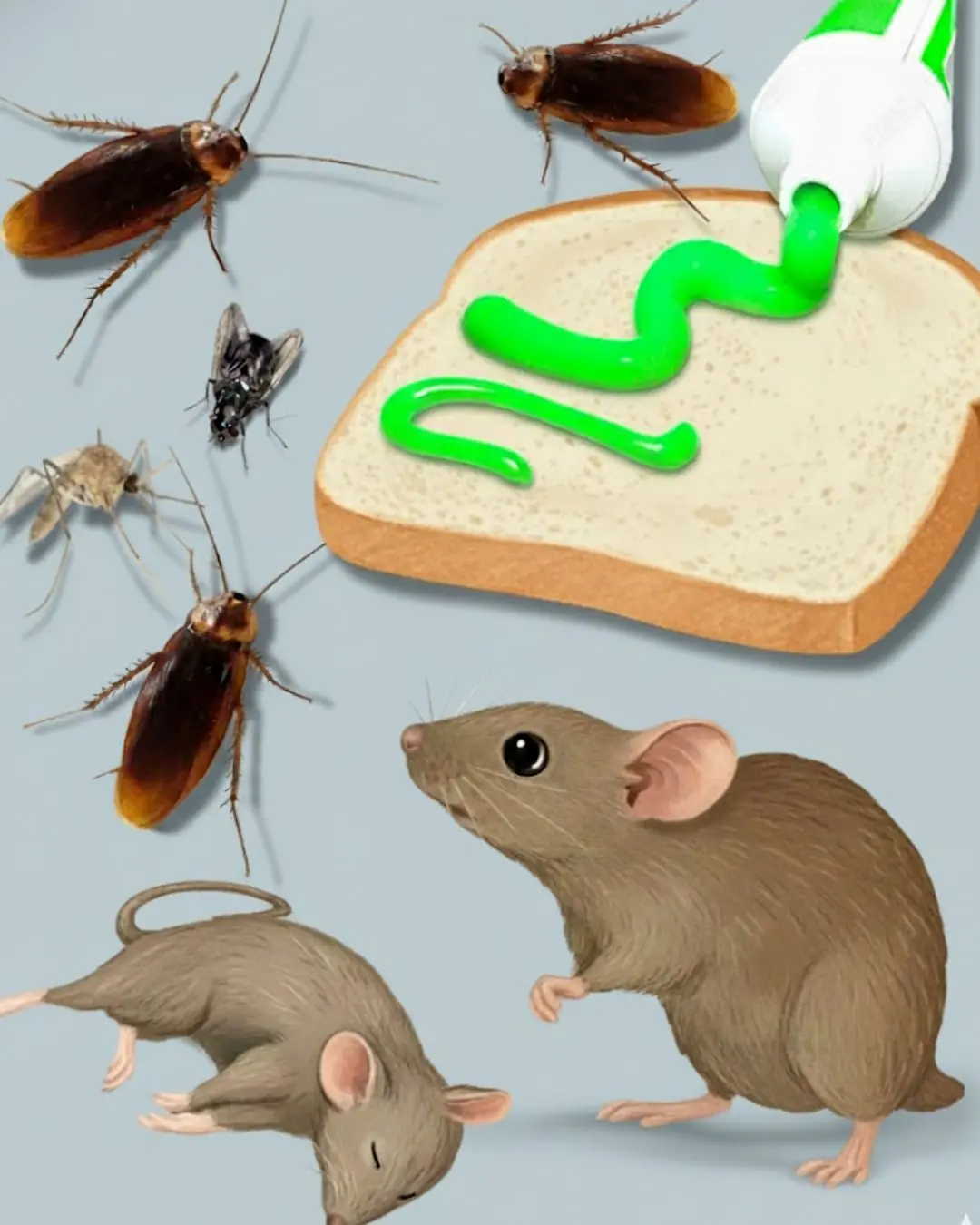
🐜 Shocking Home Hack: Repel Pests with Toothpaste!

🌿 The Powerful Detox Smoothie That Fights Fatigue, Improves Memory & Restores Vision
